Period:Qing dynasty Production date:1662-1722
Materials:porcelain
Technique:glazed, painted,
Subjects:animal bird phoenix kirin
Dimensions:Diameter: 27.80 centimetres Height: 4.90 centimetres Weight: 0.60 kilograms
Description:
Dish. Phoenix and qilin, with animals, birds and flowers. Made of famille verte enamelled porcelain.
IMG
![图片[1]-dish BM-Franks.513.+-China Archive](https://chinaarchive.net/Qin dynasty/Ceramics/mid_00025837_001.jpg)
![图片[2]-dish BM-Franks.513.+-China Archive](https://chinaarchive.net/Qin dynasty/Ceramics/mid_00938464_001.jpg)
Comments:This mould-made dish has a lobed cavetto resembling a chrysanthemum flower. It is painted in overglaze famille verte colours typical of the Kangxi (1662-1722) period and has a mark on the base of a plant in a double ring in underglaze blue. Potters fired this dish twice – once at a high temperature to fix the blue colour and a second lower firing for the enamels. The design shows a flying phoenix and a crouching qilin in a garden setting. This central scene is surrounded by four panels framing fabulous creatures alternating with four panels framing landscape scenes with birds. The deer, crane and pine tree are all emblems of longevity. The peacock and tree peony are emblems of beauty. Such dishes were extremely popular with collectors in Europe in the 18th century for furnishing their grand houses and for dining. This fashionable porcelain inspired British manufacturers to produce local copies in poorer materials – as evidenced by the Worcester copy in the British Museum 1921.12-15.64 which has a simplified version of this design.
Materials:porcelain
Technique:glazed, painted,
Subjects:animal bird phoenix kirin
Dimensions:Diameter: 27.80 centimetres Height: 4.90 centimetres Weight: 0.60 kilograms
Description:
Dish. Phoenix and qilin, with animals, birds and flowers. Made of famille verte enamelled porcelain.
IMG
![图片[1]-dish BM-Franks.513.+-China Archive](https://chinaarchive.net/Qin dynasty/Ceramics/mid_00025837_001.jpg)
![图片[2]-dish BM-Franks.513.+-China Archive](https://chinaarchive.net/Qin dynasty/Ceramics/mid_00938464_001.jpg)
Comments:This mould-made dish has a lobed cavetto resembling a chrysanthemum flower. It is painted in overglaze famille verte colours typical of the Kangxi (1662-1722) period and has a mark on the base of a plant in a double ring in underglaze blue. Potters fired this dish twice – once at a high temperature to fix the blue colour and a second lower firing for the enamels. The design shows a flying phoenix and a crouching qilin in a garden setting. This central scene is surrounded by four panels framing fabulous creatures alternating with four panels framing landscape scenes with birds. The deer, crane and pine tree are all emblems of longevity. The peacock and tree peony are emblems of beauty. Such dishes were extremely popular with collectors in Europe in the 18th century for furnishing their grand houses and for dining. This fashionable porcelain inspired British manufacturers to produce local copies in poorer materials – as evidenced by the Worcester copy in the British Museum 1921.12-15.64 which has a simplified version of this design.
© Copyright
The copyright of the article belongs to the author, please keep the original link for reprinting.
THE END
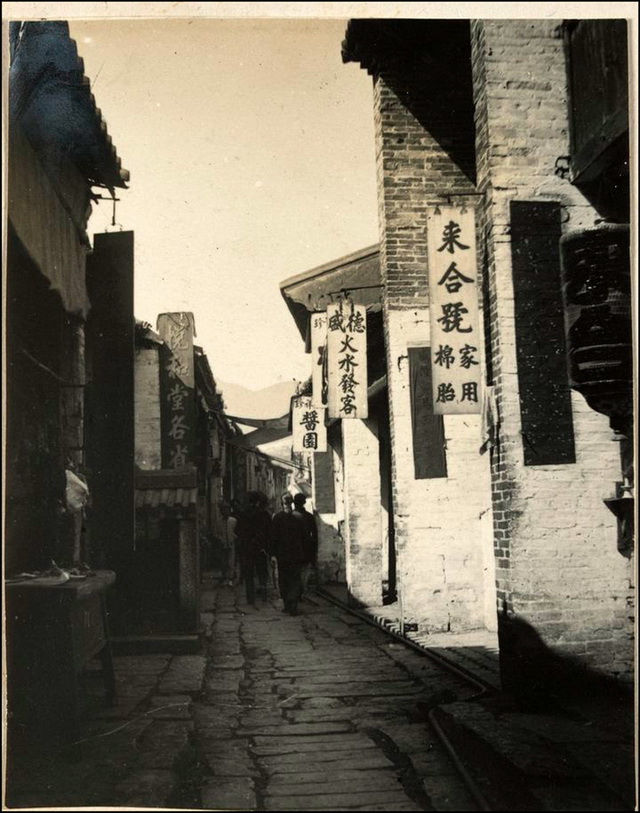
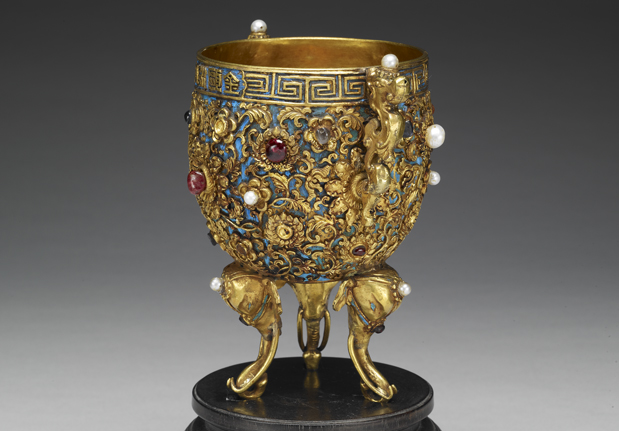
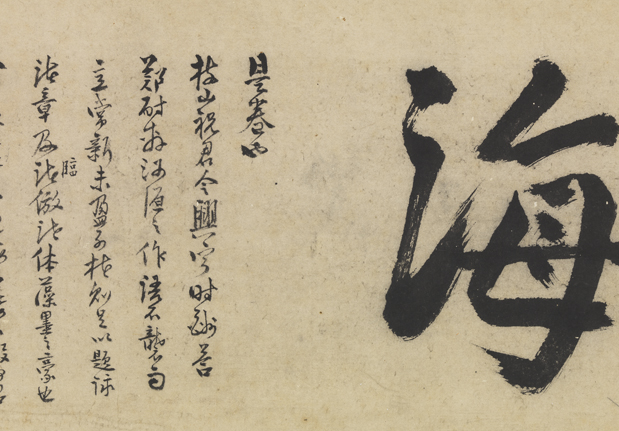
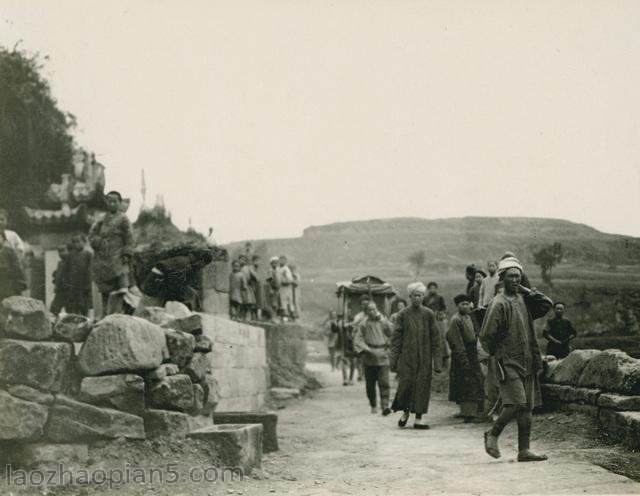
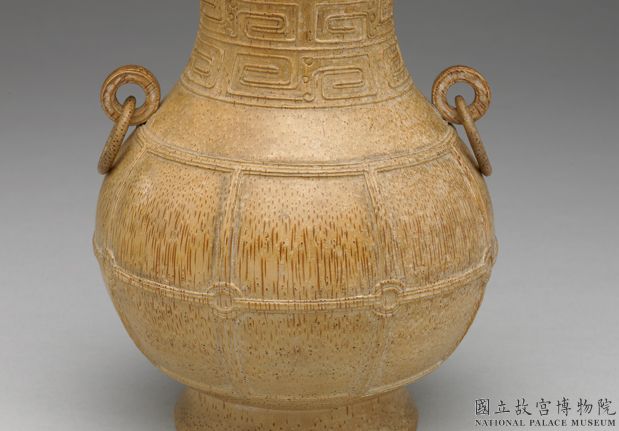
![[Qing Dynasty] British female painter—Elizabeth Keith, using woodblock prints to record China from the late Qing Dynasty to the early Republic of China—1915-China Archive](https://chinaarchive.net/wp-content/uploads/2022/11/image-191x300.png)